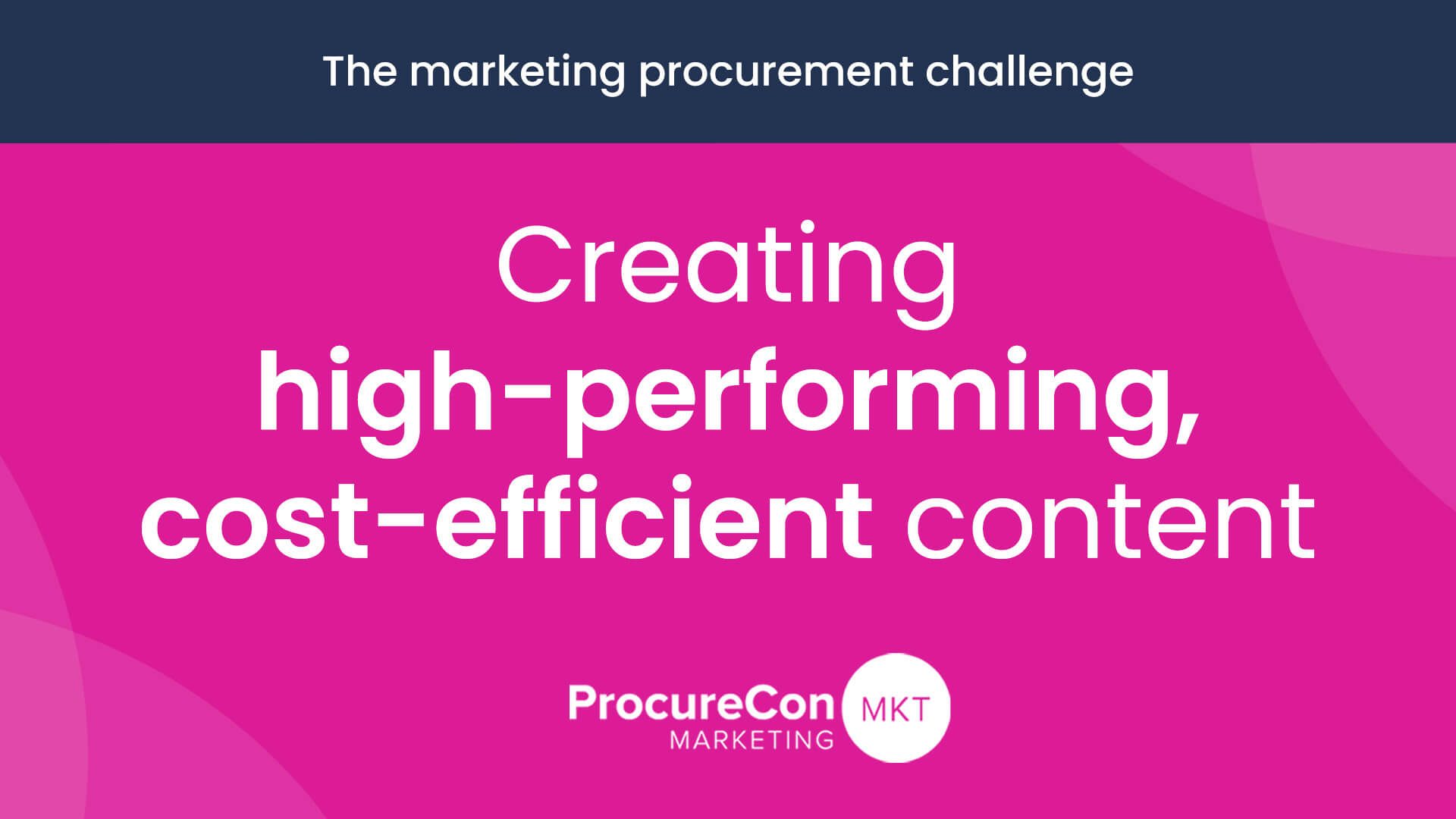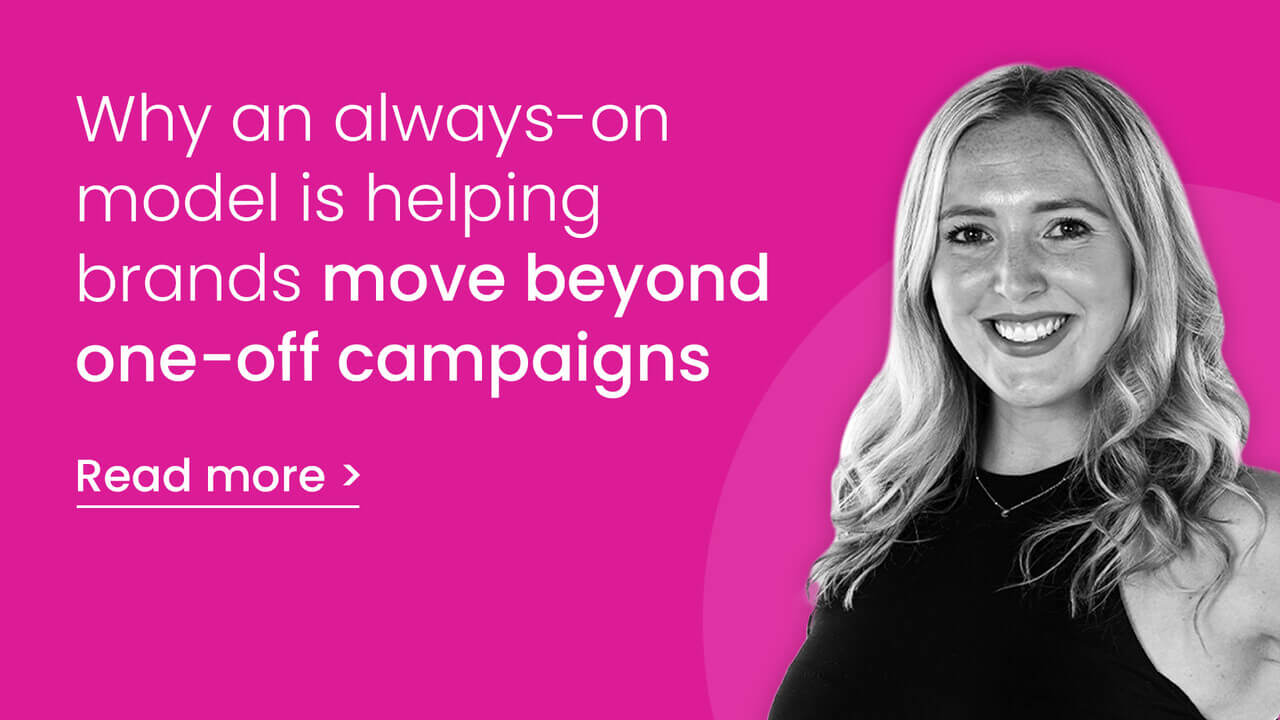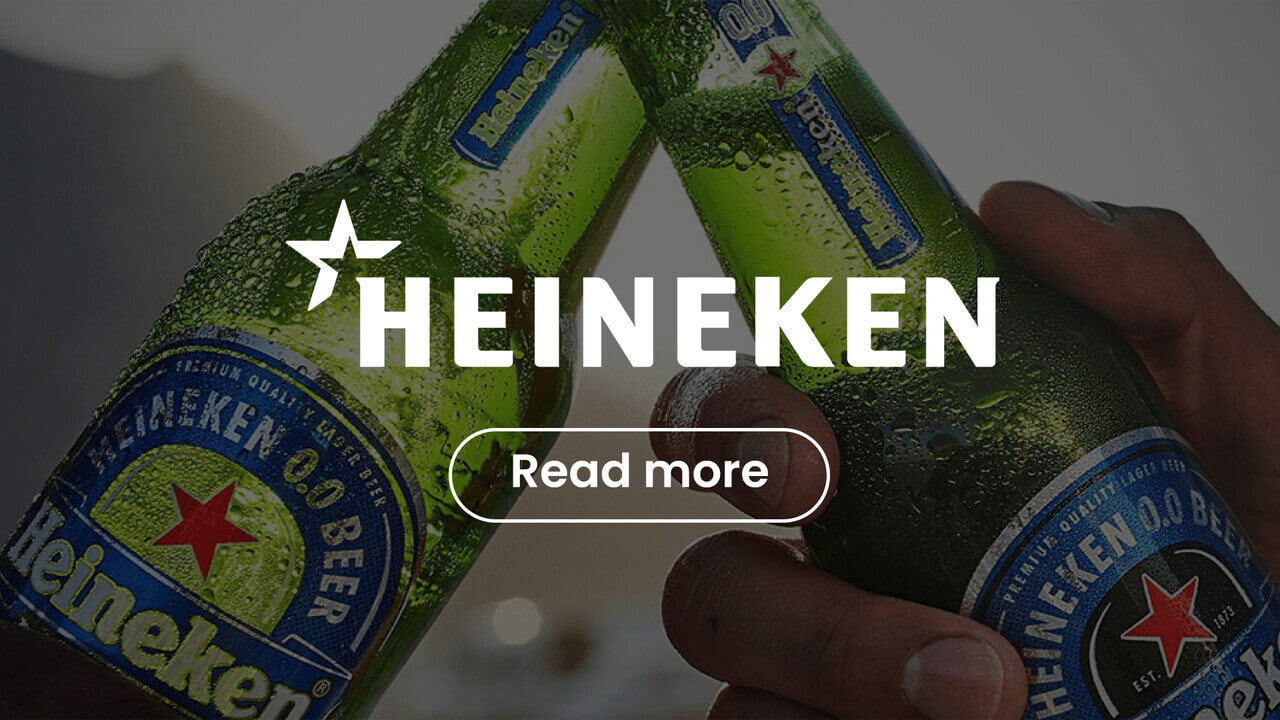The relationship between marketing and procurement has traditionally been transactional – sometimes even tense. Marketing teams face relentless pressure to deliver personalized, fast-turnaround campaigns. Procurement is responsible for managing costs, reducing risk, and ensuring supplier performance. At first glance, these goals might seem at odds. But today, the opposite is true.
We’re seeing a strategic shift. Procurement is no longer just a budget checkpoint. Marketing can’t afford inefficiencies or inconsistent supplier processes. Both functions are under pressure — according to Gartner, 71% of CMOS expect flat or reduced budgets this year (Gartner, 2024). Meanwhile, procurement leaders are expected to go beyond cost-cutting and unlock operational value.
To compete, businesses need a joined-up approach — where marketing and procurement co-own processes, workflows, and performance data. It’s not just about cutting costs; it’s about smarter spend, better visibility, and faster campaign delivery. Again, this is weighted towards delivering great value for your content, rather than simply slashing your spend.
Macro trends driving this evolution
A few core shifts are accelerating the need for this partnership:
- Budget pressure is intensifying. Marketing leaders must justify every dollar and pound spent with measurable outcomes. Procurement plays a critical role in driving efficiencies that protect creativity while optimizing costs.
- Supplier ecosystems are more complex. Brands work with multiple agencies, partners, and platforms. Without centralized visibility, tracking spend and supplier performance risks delays and overspend.
- In-house marketing teams are growing. Research from the WFA and The Observatory shows that 66% of brands now have an in-house agency, with 21% actively considering one. That shift creates hybrid models that require procurement to manage contracts, quality, and timelines across internal and external teams.
- Tech stacks are too fragmented to keep up with content demand. According to Deloitte, 85% of marketers aim to invest in a digital ecosystem to streamline the creation and distribution of personalized content.
These trends make old-school handoffs between marketing and procurement ineffective. Campaigns get delayed, costs spiral, and accountability blurs. Integration and partnership are no longer optional.
Real-world impact: Learning from Heineken
Balancing cost and creativity is key. Hero campaigns are still vital, but shouldn’t be the sole strategy. Budget constraints mean the focus should shift to “sweating” assets — repurposing, adapting, and personalizing content across channels to extend value without extra spend.
ITG’s Halo Strategy builds an ecosystem that continuously evolves, tailoring assets based on audience behavior, market conditions, and real-time performance data — all while reducing production costs.
For Heineken, this approach has been transformational — reducing production costs by a full 40%, while ensuring consistent, high-quality content creation and execution across global markets.
How to build this partnership within your organization
Technology is part of the answer, but culture and process are equally important. Here’s what works:
1. Agree on shared KPIs that go beyond cost. Include measures like speed to market, supplier innovation, and sustainability goals.
2. Map and integrate workflows end-to-end. Identify bottlenecks and use technology to provide a single source of truth for all stakeholders.
How does ITG’s Halo Strategy reduce costs without sacrificing quality?
The biggest challenge for CMOs, Growth Directors, and Procurement teams is scaling marketing efficiently. ITG’s Halo Strategy drives savings across three main areas:
- Hard cost savings: AI-driven solutions automate the creation of asset variations and streamline workflows, cutting production costs.
- Technology savings: Consolidating multiple tools into one integrated system eliminates redundant subscriptions and improves data visibility.
- People savings: Automating repetitive tasks frees teams to focus on strategic, high-value work instead of tedious, repetitive manual processes.
ITG combines award-winning technology with agency expertise. Unlike others, we don’t just offer a standalone solution — we deliver a comprehensive marketing ecosystem and expertise designed for operational efficiency and cost control, and tailored to your precise needs.
Looking ahead: a new era of collaboration
The future of marketing and procurement is one of partnership, transparency, and shared value. Economic uncertainty and rapid tech change will continue to challenge businesses. Those who align marketing and procurement will gain speed, cost-efficiency, and a competitive edge.
At ProcureCon Marketing 2025 in London, we will be sharing practical insights on breaking down silos and driving meaningful cost savings through integrated marketing operations.
Building bridges between marketing and procurement isn’t only about cutting costs — it’s about unlocking potential, accelerating innovation, and scaling sustainably. In short, the focus must shift from simple spend reductions, to maximizing value from every piece of content created.
Brands embracing Halo thinking — where AI, automation, and creativity combine to reduce costs and scale efficiently — will lead the way. Those who don’t risk unsustainable growth, or no growth at all.
To learn how our Halo Strategy could help you deliver better content for less, contact chloeguest@inspiredthinking.group, or fill in the form below.


